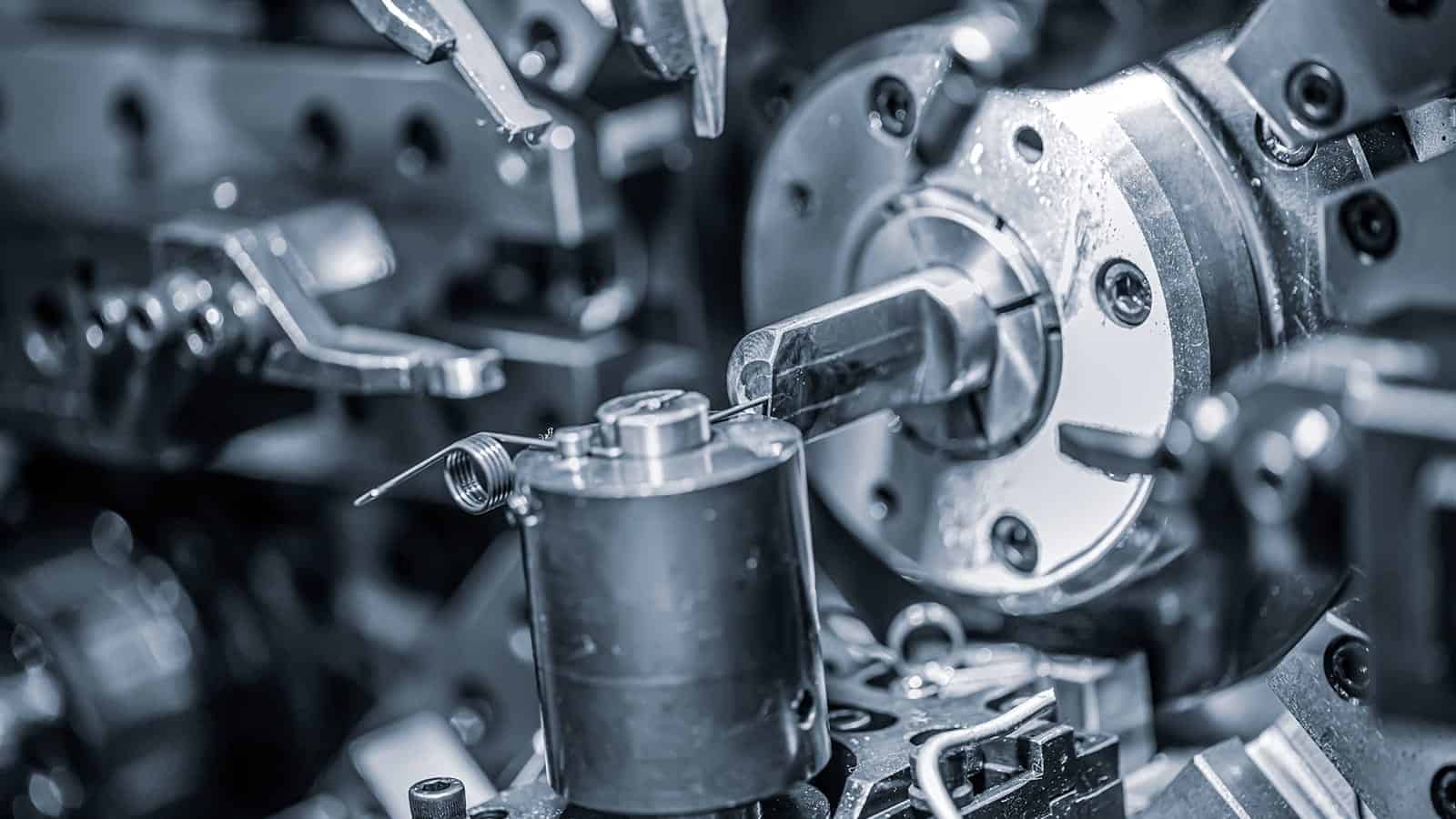5-Axis Machining
5 axis machining is a type of CNC machining that utilizes 5 different axes to machine components simultaneously. CNC machining is a name for processes of manufacturing categorized by removing material in order to make a component controlled by a computer instead of manually controlled. CNC machining can generally be categorized by the number of axes that are utilized during the material removal process by the machine. The increase in axes will add to the flexibility of the machine. It will also increase its ability to be utilized in more complex components and machining simpler components more efficiently.

The 5 axes used can vary depending on the configuration of the machine. Most commonly the machine will engage the A and B axes which are the axes of rotation the X and Y axes respectively in addition to the linear axes, X, Y, and Z. Some of these axes are engaged by the workpiece while the rest of the axes are engaged by the cutting tool. Whereas in 3 axes machining the workpiece is moved using the X and Y axes and the cutting tool can move up and down. The addition of these axes will increase the complexity that is able to be achieved in a single operation that would need several operations if using a 3 axis machining center.
5-Axis machining has in some cases replaced 3 axis machining because the use of a 5 axis machining center can combine several operations into a single operation therefore cutting the cost and chance of error in the machining of a component. The reduction of set ups would also mean reducing the lead time for manufacture. 5 axis machining can also reduce the length of the cutting tools needed in order to cut workpieces and thus increases the cutting speeds and lessens the vibrations of the tooling being used. This low vibration achieved can also help to accomplish a better surface finish without finish machining or machining through the use of very small cuts as needed in 3 axes machining.







